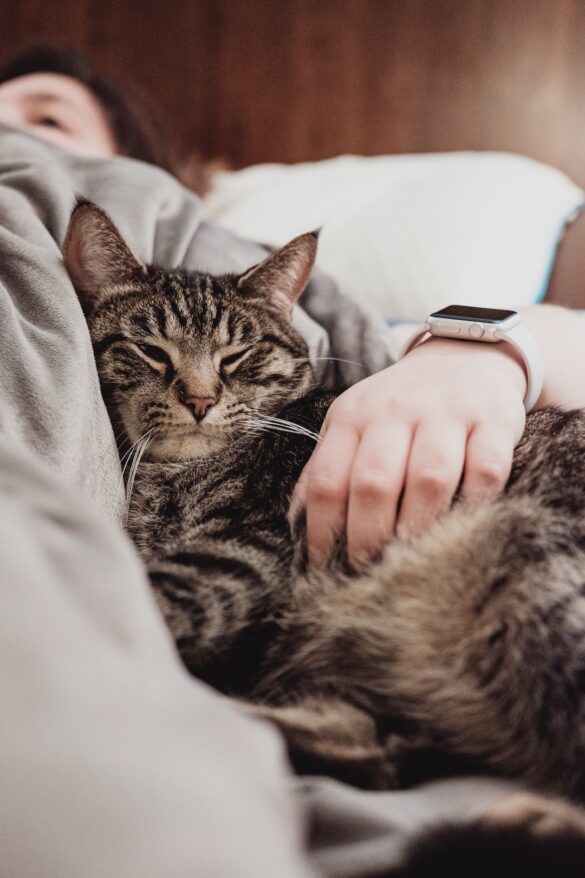Training Your Cat: Tips and Tricks for a Well-Behaved Feline
Cats have long been known for their independent and aloof nature. However, with the right approach and patience, you can train your feline companion to be well-behaved and obedient. Many people mistakenly believe that cats cannot be trained, but in reality, they are highly intelligent animals capable of learning a variety of commands and behaviors. In this blog post, we will explore some tips and tricks for training your cat to become a well-behaved pet.
The first step in training your cat is to establish a positive and trusting relationship with them. Cats are sensitive creatures and respond best to gentle handling and positive reinforcement. Spend quality time with your feline friend, bonding over playtime and grooming sessions. This will help build a strong foundation of trust and make training much easier.
One of the most basic commands you can teach your cat is the “sit” command. To train your cat to sit, use treats as a reward system. Hold a treat close to their nose and slowly lift it above their head. As their head follows the treat, their bottom will naturally lower to the ground. Once they are in a sitting position, say “sit” and give them the treat. Repeat this exercise several times a day until your cat understands the command.
Another useful command to teach your cat is “come.” This command is not only helpful for recall but also aids in keeping your cat safe by encouraging them to return indoors. To train your cat to come when called, start by using their name followed by the command “come.” When they respond and approach you, reward them with praise and treats. Practice this in different environments and gradually decrease the treats until they come reliably when called.
Cats are natural hunters, and sometimes their hunting instincts can lead to unwanted behaviors such as scratching furniture or jumping on countertops. To prevent these behaviors, it’s important to redirect their attention and provide appropriate alternatives. For example, if your cat is scratching your furniture, provide them with a scratching post nearby and encourage them to use it by rubbing catnip on it or playing with toys around it. Consistency is key, and with time, your cat will understand what is and isn’t acceptable behavior.
Litter training is a crucial aspect of cat ownership. Most kittens learn the basics from their mothers, but some may need a little extra guidance. Keep the litter box in a quiet and easily accessible area, and introduce your kitten to it as soon as possible. When they use the litter box, reward them with praise or a treat. If accidents occur outside the litter box, clean them up without scolding your cat, as punishment will only create fear and anxiety. Be patient and consistent in your approach, and your cat will eventually learn to use the litter box consistently.
One additional area of training that many cat owners find beneficial is teaching their cat to walk on a leash. While it may seem unusual, leash training allows cats to safely explore the outdoors while also providing control and protection. Start by introducing your cat to the harness gradually, using positive reinforcement in the form of treats and praise. Once they are comfortable wearing the harness, attach the leash and let them explore familiar surroundings. Always supervise your cat when outdoors and avoid crowded or noisy places.
In conclusion, training your cat is not only possible but also rewarding. By establishing a positive and trusting relationship, using rewards and positive reinforcement, and being consistent in your approach, you can teach your feline companion a wide range of commands and behaviors. Remember to be patient, as cats learn at their own pace. With time, dedication, and love, you can have a well-behaved cat that brings joy and companionship to your life.
